Do Cats Need Socialization With Other Cat Breeds?
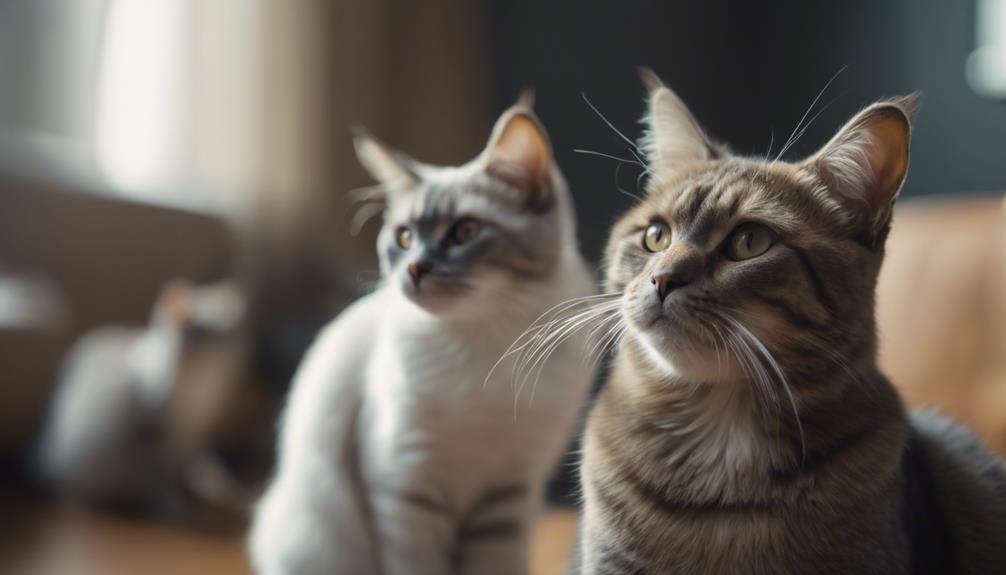
Socialization helps cats learn how to interact with different personalities and temperaments, reducing aggression and fear towards unfamiliar cats.
Cats also benefit from mental stimulation and exercise when socializing with other cats, which can prevent boredom and destructive behavior.
Additionally, socialization can help cats build confidence and adaptability, making them more comfortable in various environments and situations.
Benefits of Cat Socialization
Cat socialization plays a crucial role in enhancing their overall well-being and behavior. Providing cats with opportunities for socialization offers mental stimulation and emotional support, essential for their psychological health. Through social interactions, cats can engage in activities that keep their minds active, preventing boredom and promoting cognitive development. Additionally, bonding opportunities that arise from socialization sessions contribute to strengthening the human-cat relationship, fostering trust and companionship.
Moreover, socialization provides cats with stress relief, allowing them to feel more secure and comfortable in their environment. Interacting with humans and other animals can help reduce anxiety levels in cats, promoting a sense of relaxation and well-being. The emotional support gained from socialization activities can also lead to decreased instances of behavioral issues, as cats feel more understood and cared for. In essence, cat socialization is integral to their happiness and quality of life, offering numerous benefits for their mental and emotional health.
Understanding Cat Behavior
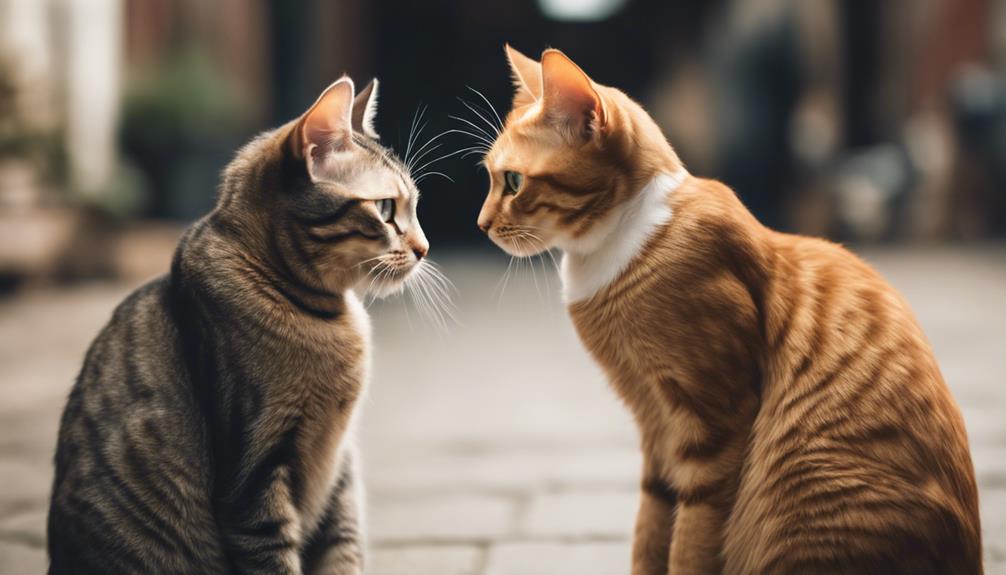
Understanding the behavior of felines is essential for cat owners to create a harmonious and enriching environment for their pets. Cats communicate through various vocalizations, body language, and behaviors. Here are four key aspects to consider when delving into feline behavior:
- Body Language: Cats use their body posture, tail position, and facial expressions to convey emotions and intentions. Understanding these cues can help interpret how a cat is feeling and prevent misunderstandings.
- Vocalizations: Meows, purrs, hisses, and chirps are all forms of cat communication. Each vocalization serves a different purpose, such as seeking attention, expressing discomfort, or signaling aggression.
- Territorial Behavior: Cats are territorial animals and may exhibit behaviors like scratching, spraying, or aggression to mark their territory. Providing appropriate outlets for these behaviors can help reduce stress and conflicts in multi-cat households.
- Social Structure: While cats are often seen as solitary animals, they can engage in complex feline interactions within social groups. Understanding their social dynamics can aid in fostering positive relationships between cats in the same household.
Building Cat-to-Cat Relationships
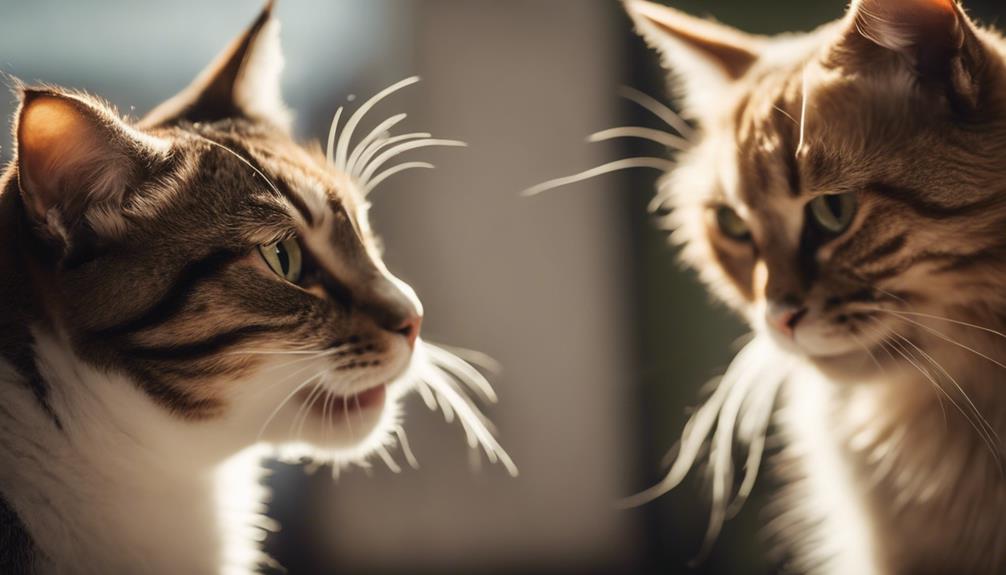
Developing positive relationships between feline companions can be facilitated by creating a conducive environment that encourages social interactions and mutual understanding. Playful interactions are essential in fostering these relationships as they help cats build trust and establish bonds. Providing toys, scratching posts, and interactive games can encourage cats to engage in activities together, promoting a sense of camaraderie.
Bonding techniques such as grooming each other, sharing resting spaces, and engaging in joint play sessions can also strengthen the relationship between cats. It's important to monitor their interactions to ensure they remain positive and respectful towards each other. Additionally, creating separate spaces for each cat to retreat to if needed can help prevent conflicts and give them a sense of security.
Introducing Different Cat Breeds
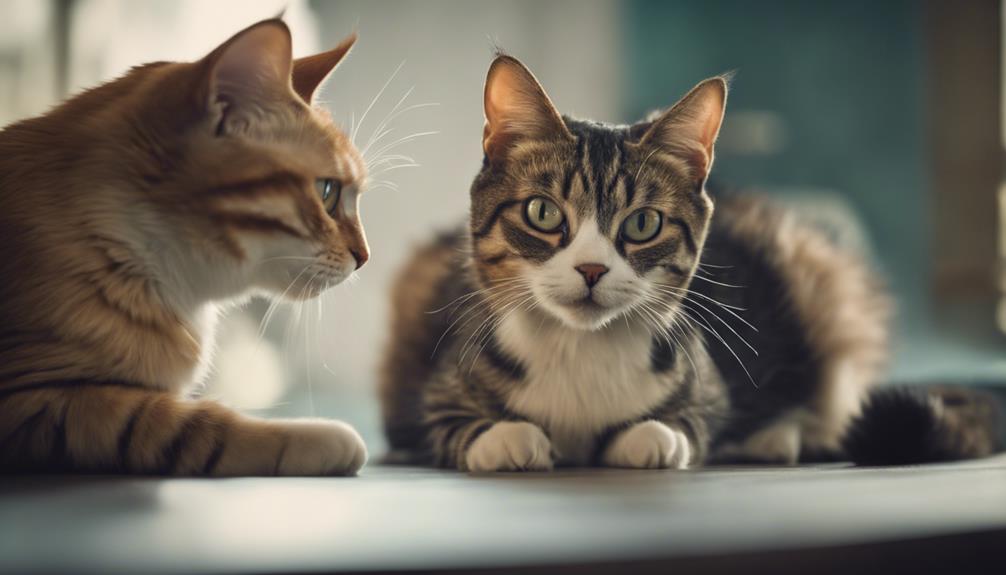
When introducing different cat breeds, it's important to consider their unique characteristics and temperaments to facilitate a smooth integration process. Understanding breed compatibility and social dynamics can help create harmonious relationships among feline companions.
Here are some key points to keep in mind when introducing different cat breeds:
- Research Breed Characteristics: Before introducing a new cat breed to your household, research their typical traits, such as energy levels, sociability, and territorial tendencies. This knowledge can help you anticipate how they may interact with other breeds.
- Gradual Introductions: Start by allowing the cats to become familiar with each other's scents before any face-to-face interactions. This can help reduce initial tension and anxiety during the introduction process.
- Supervised Meetings: When it's time for the cats to meet, ensure that the interactions are supervised to monitor their behavior. This allows you to intervene if any conflicts arise and helps promote positive associations between the cats.
- Use Bonding Techniques: Employ bonding techniques like interactive play sessions, feeding the cats in close proximity, and providing cozy resting spots where they can choose to be near each other. These activities can help foster companionship and reduce potential conflicts as the cats get to know each other better.
Socialization Tips for Cat Owners
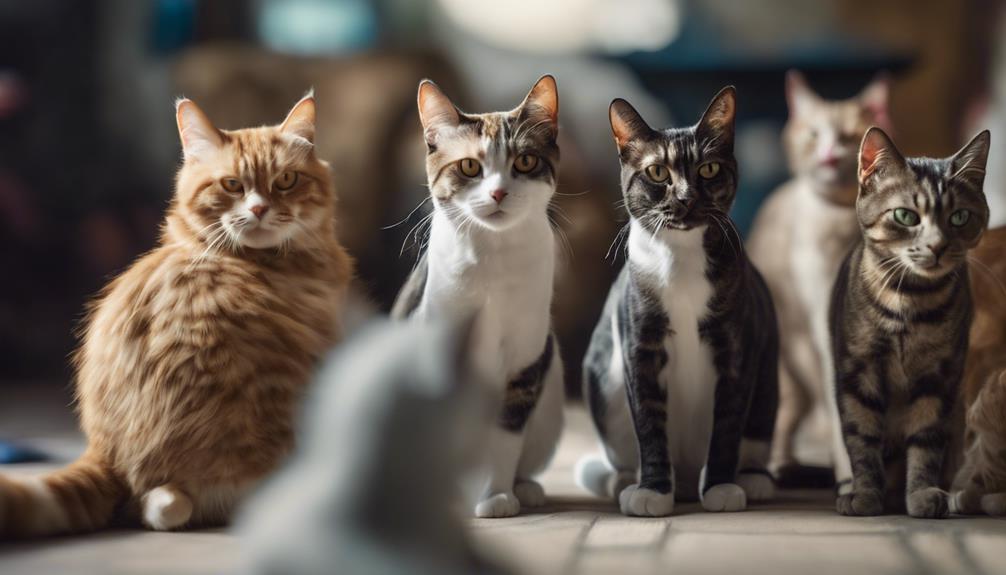
To ensure harmonious interactions between different cat breeds, cat owners can benefit from implementing effective socialization tips that promote positive relationships among their feline companions. Playful interactions play a crucial role in fostering bonds between cats of different breeds. Encouraging interactive play sessions with toys that stimulate their natural hunting instincts can help cats build trust and companionship with each other.
Additionally, engaging in bonding activities such as grooming sessions where cats can groom each other or providing joint feeding times can create a sense of unity and cooperation among the feline companions.
Cat owners should also create a safe and comfortable environment where their cats can interact freely. Providing multiple resting areas, vertical spaces, and hiding spots can help cats feel secure and reduce any potential conflicts. It's essential to monitor their interactions closely, especially during the initial stages of socialization, to intervene if any aggressive behavior arises.
Fostering a Harmonious Multi-Breed Environment
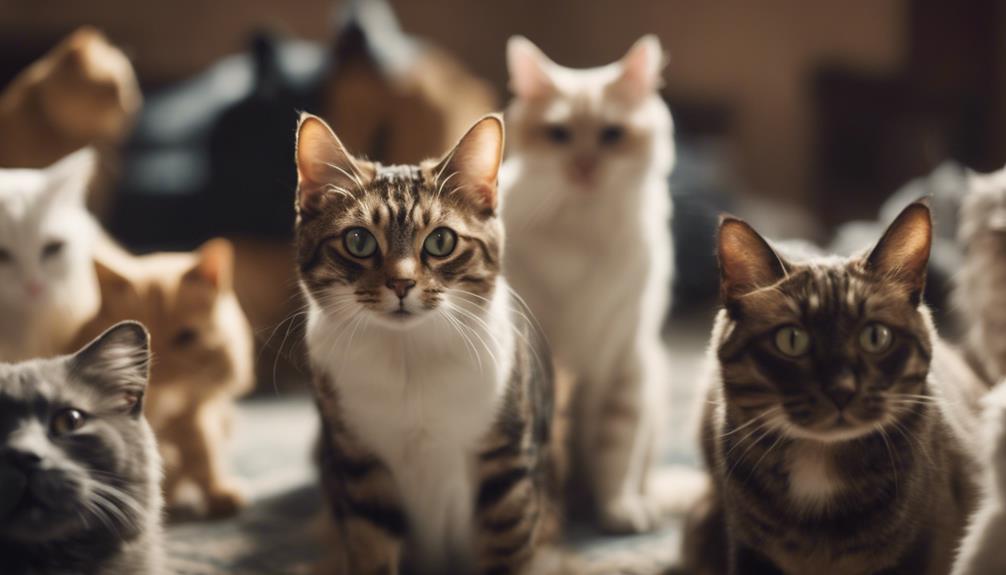
Creating a harmonious multi-breed environment for cats involves establishing a conducive setting that encourages positive interactions and mutual respect among feline companions. Ensuring breed compatibility and employing effective socialization techniques are key factors in promoting a peaceful coexistence among cats of different breeds.
Here are some strategies to foster a harmonious multi-breed environment:
- Gradual Introductions: Introduce cats from different breeds slowly and gradually to reduce stress and prevent conflicts.
- Provide Separate Resources: Ensure that there are plenty of resources such as food bowls, litter boxes, and resting areas to prevent competition and territorial disputes.
- Interactive Playtime: Engage cats in interactive play sessions together to promote bonding and positive associations.
- Supervision and Monitoring: Regularly supervise cat interactions and behavior to address any signs of tension or aggression promptly.
Handling Cat Socialization Challenges
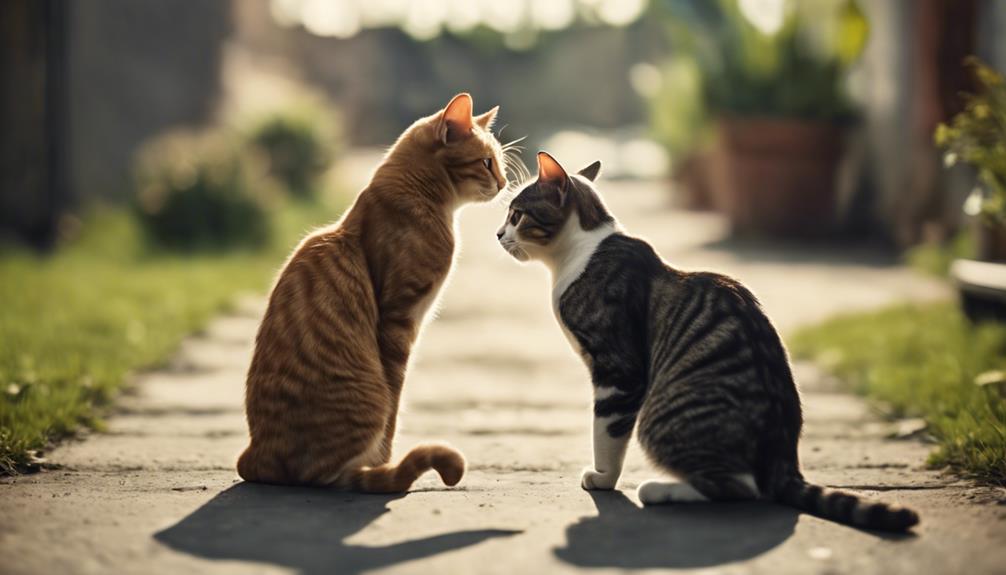
Establishing a harmonious multi-breed environment for cats requires adeptly addressing the challenges that may arise during their socialization process. When introducing cats of different breeds, it is essential to carefully observe their behavioral cues to ensure a smooth integration. Understanding multi-cat dynamics and employing effective socialization techniques can help mitigate potential conflicts and foster positive interactions among the feline companions.
To navigate the complexities of cat socialization, consider the following factors:
| Cat Introductions | Behavioral Cues |
|---|---|
| Slow and gradual introductions are key | Watch for signs of aggression or fear |
| Provide separate safe spaces initially | Look for body language cues like flattened ears or dilated pupils |
| Use scent swapping to familiarize cats | Monitor vocalizations such as hissing or growling |
| Engage in supervised play sessions | Observe how cats interact during feeding times |
| Seek professional advice if needed | Notice if one cat consistently avoids or seeks out the other |
Frequently Asked Questions
Can Socializing Cats With Other Breeds Lead to Health Issues or Concerns?
Socializing cats with other breeds may impact health risks and behavior changes. It's essential to monitor socialization effects and stress indicators. Introducing diverse breeds can enrich a cat's life, but cautious observation is necessary to ensure their well-being.
How Can I Tell if My Cat Is Stressed or Overwhelmed by Socialization With Other Breeds?
Recognizing signs of stress in cats during socialization with other breeds is crucial. Owners can manage stress by monitoring behavior, providing safe spaces, and using gradual socialization techniques. Handling overwhelm with care enhances the overall socialization experience.
Are There Specific Cat Breeds That Are More or Less Likely to Get Along With Other Breeds?
Some cat breeds, like Siamese or Maine Coons, may display more or less compatibility with other breeds due to their unique behavior traits. Introducing new breeds gradually and using proper socialization techniques can help foster positive relationships.
Should I Socialize My Cat With Other Breeds if They Are Already Very Independent and Prefer to Be Alone?
Socializing cats with other breeds can enhance their behavior, even if they are independent. Feline friendships can bring socialization benefits and enrich their lives. Behavior modification through exposure to different breeds can be positive.
What Are the Potential Benefits of Socializing Cats With Breeds That Have Different Energy Levels or Personalities?
Exploring interactions with different cat breeds could revolutionize feline behavior. By engaging in cross-breed socialization, cats can undergo behavior modification, enriching their lives and enhancing social skills. This bonding experience fosters a deeper understanding of diverse personalities.










